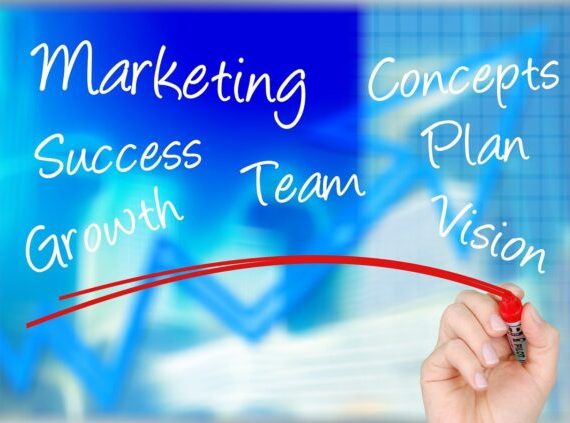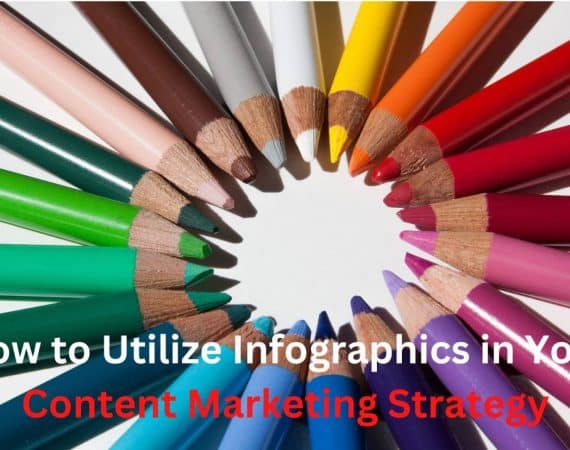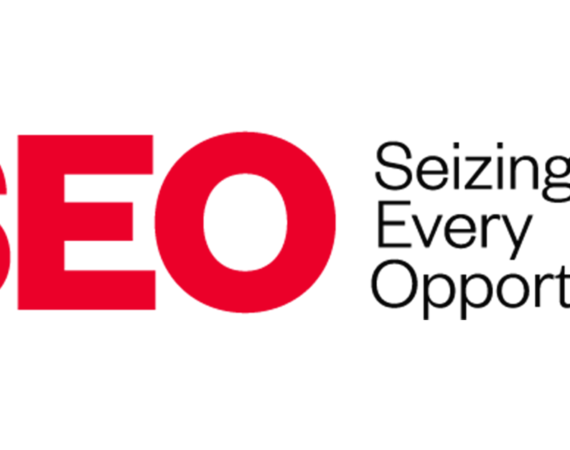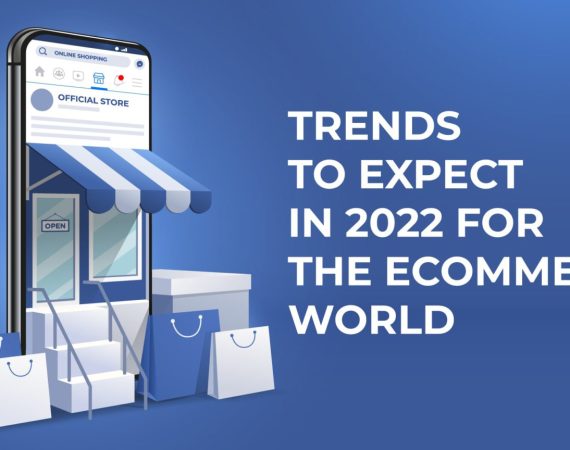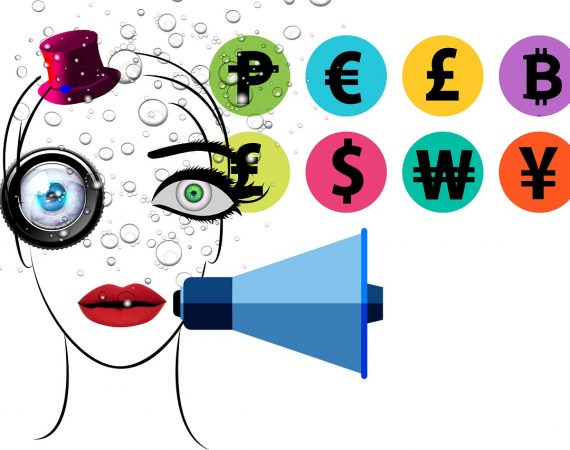CMOs (Chief Marketing Officers) CMOs (Chief Marketing Officers) are the corporate executives responsible for an organization’s marketing activities and innovation....
20 good, bad and ugly facts about ChatGPT
What is ChatGPT? Developed by OpenAI, ChatGPT is an innovative artificial intelligence chatbot based on the open-source GPT-3 natural language...
39 top digital marketing facts of 2022. 6 key takeaways for 2023
Digital marketing facts and trends It’s the time of year when look back at the year to review where we...
How to Utilize Infographics in Your Content Marketing Strategy
Infographics have been around for some time. They’re defined as graphic representations of data and statistics. Oftentimes, infographics consist of...
4 steps to find SEO opportunities using your data
To compete in today’s digital landscape, businesses must develop a data-driven strategy. In other words, they need to analyze their...
8 essential trends ecommerce marketers need to know
Ecommerce marketers Ecommerce marketing is driving awareness and action toward a business that sells its product online. To be effective, ecommerce...
6 of the Ways to Create Effective Brand Awareness Videos
Brand awareness is how you move from just selling products to becoming a name people recognize. Marketing does that for...
11 experts on scaling a business. And mistakes to avoid
Scaling a business Scaling a business means increasing performance at a faster pace than increasing resources. Success depends on first,...
The Wonders of Social Media Marketing for Ecommerce
Social media marketing is one of the most cost-effective techniques that can be used to achieve multiple marketing objectives. Probably...
Benefits of Influencer Marketing: What You Should Know
Did you know that 75% of marketers planned to dedicate a special budget to influencer marketing in 2021? Considering the...

